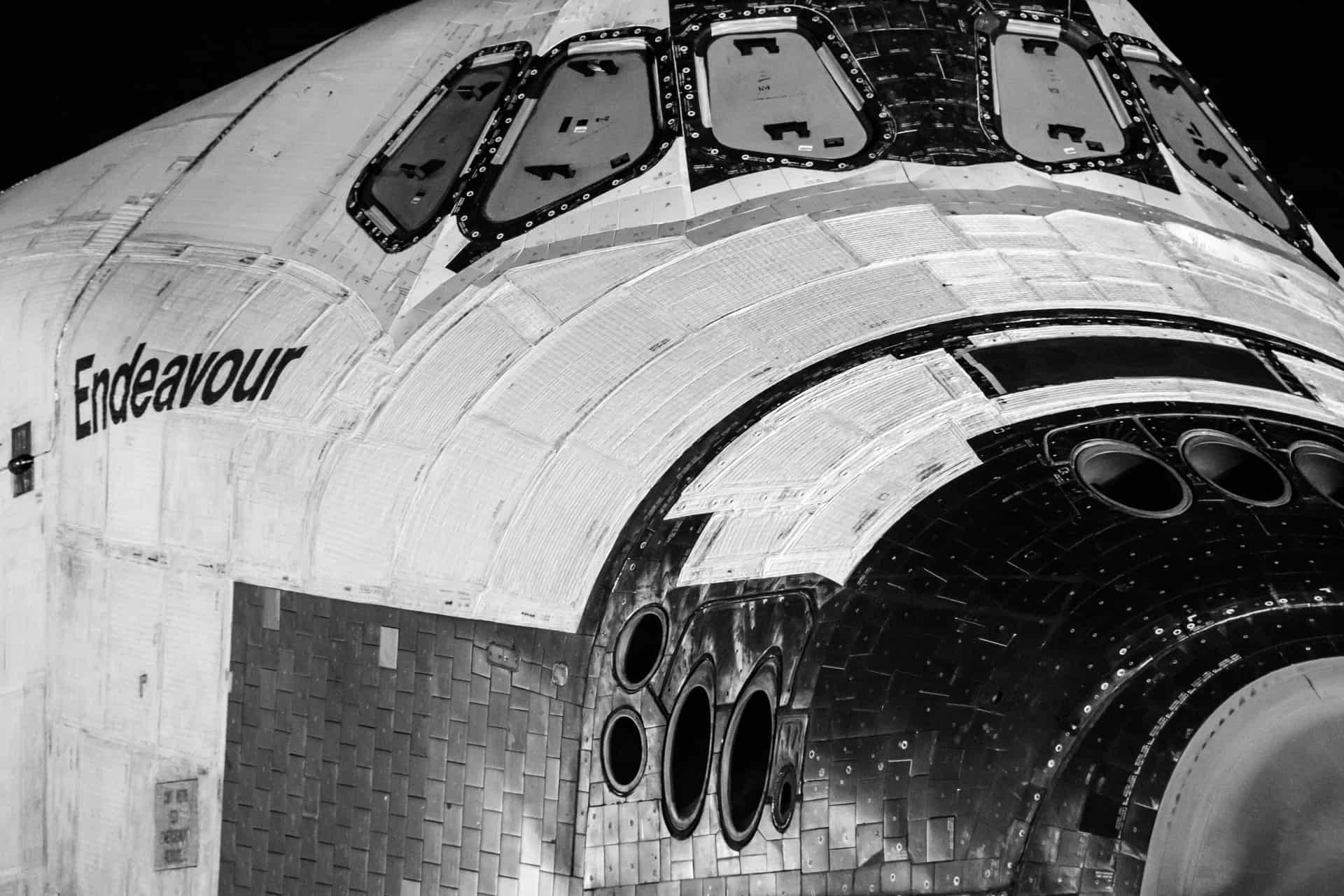The universe has always aroused human curiosity. We first observed it with the naked eye, then with a telescope, and soon we came to it ourselves. Ever since the space race began, astronauts have constantly been going on missions to take a closer look at the secrets the universe hides. The development of technology has made it possible for us to go into space more and more often.
So far, 566 astronauts have had the opportunity to see outer space first hand. Sending a man into space is sometimes impossible, so different spacecraft are used to replace man. Some are in space for decades before completing their mission or severing communication with Earth.
In space, we can produce energy through solar panels, fuel, or Radioisotope Thermoelectric Generators. Spacecraft can be powered by energy stored in a battery or fuel cell and released as the craft travels or can collect energy during its mission. In the last few decades, spacecraft have mostly used renewable energy sources.
In the past, fuels were mostly used for spacecraft. Such a source of energy limited the duration of the mission. The fuel tanks had to be very large, and at the same time, the spacecraft must not be too heavy to be able to launch into space. Once the fuel was used up, the spacecraft no longer had the power to carry out the mission, and it had to be completed.
A similar situation was with batteries that later replaced fuel. Once the batteries are used up, they would be useless. The first satellites that used batteries could only work for a few weeks or months. But that didn’t stop us, so we turned to renewable energy sources such as solar cells and a radioscope generator that can charge batteries.
Can electricity be generated in space?
In space, energy can be produced in three ways: using fuel, solar panels, using radioisotope thermoelectric generators.
In the past, fuels were used for aircraft. For example, Apollo, the spacecraft that brought man to the moon, used fuel cells to produce electricity, which burned hydrogen with oxygen to process electricity. For long missions, huge amounts of fuel are needed, so the use of fuel cells was abandoned, and we started to obtain energy from renewable sources.
Solar panels are perhaps the most widespread source of energy in space. Solar panels function so that photo-voltaic cells, mounted in a framework, use sunlight as a source of power and generate direct current electricity.
Although they work on the same principles, the space plates used in space are different from those used on Earth. Solar panels in space must be secured from the harsh space environment. Therefore, additional layers protect them.
They have proven so successful that they are used on all satellites and space crafts that are close enough to the sun to use its energy. Solar panels are the primary energy source for all space crafts on Mars, Moon and power the entire Internation Space Station.
The farther we go from the sun, the less efficient solar panels will be. Also, space crafts do not like low temperatures and use electricity to keep warm. We found a solution to the lack of sun in Radioisotope thermoelectric generators.
An RTG is basically just a piece of plutonium, which constantly heats due to radioactive decay. RTG uses the temperature difference between the heat from the unstable atom (radioisotope) and the universe’s cold to produce electricity.
Part of the heat is used to keep the spacecraft warm, while the rest of the heat is converted into electricity. This system can produce electricity for a very long time, even in a harsh environment. RTG was used for missions on Saturn, Pluto, and on missions in interstellar space.
How are satellites powered in space?
Spacecraft can get energy from three sources: the sun, batteries or unstable atoms. When choosing a source of energy, we need to consider three things:
1. Where does it travel?
2. What do you plan to do there?
3. How long does it need to work in space?
Spacecraft traveling in Earth’s orbit or near the Earth is close enough to the Sun to get enough sunlight, using solar panels as an energy source. Satellites in Earth orbit are regularly full of solar energy. Solar panels are located on their wings and can rotate to follow the sun’s rays. Such a system allows maximum energy supply at all times.
The system works by storing the energy collected by solar panels in rechargeable batteries. Charged batteries allow satellites to work even when there is no sunlight. Communication satellites orbiting the Earth must have a battery system charged and discharged thousands of times during the satellite’s stay in space.
If missions that do not require a more extended stay in space, batteries can be used as an energy source. Batteries used for such tasks must be sealed to operate in a vacuum and survive harsh space conditions. They must withstand launching, vibration, and sudden temperature changes.
Satellites in space have to move from time to time, and they need fuel for that. The movements performed by the mission control center are called maneuvers. For the satellite to move, it is necessary to start small engines called thrusters.
They release highly flammable hydrazine fuel to move. Since moving satellites is sometimes necessary, satellites are equipped with fuel in their tanks. The fuel amount in the tanks is mostly enough for about 10 years of successful rotation in space. The change in direction by performing maneuvers is minimal, but it may require up to 20 kg of fuel due to movement speed.
How do deep space satellites generate electricity?
Deep space satellites are too far from the sun to use their energy. Also, they are too far from the ground to be equipped with enough fuel. Deep space satellites, therefore, use Radioisotopes Thermoelectric Generators. This device contains pellets of a radioactive material that produce heat from radioactive decay. Part of the heat is eventually converted into electricity.
Unlike solar panels, this system can work in any environment for a long time. Voyager, the most distant human-made object from Earth, is a great example of a space probe that uses RTG energy. It was launched back in 1977, and its three Radioisotope thermoelectric generators still allow it to work. Power output from RTG has declined over time but is assumed to function at least until 2025.
How does space shuttle get electricity?
Earth’s gravity does not allow such easy separation from the ground, so a large force is needed to separate the space shuttle from the earth. The space shuttle uses fuel for this purpose.
In the past, the space shuttle used fuel entirely from takeoff to landing to generate electricity. Today the situation is different.
Once in space, the space shuttle uses huge solar panels and batteries as an energy source. Since astronauts do not travel that far from Earth, the sun is always an available energy source. Solar panels collect energy and store it in large batteries so that the space shuttle can work smoothly even when there is no sunlight.
Types of energy in space
The universe is filled with energy. Although the parts of the universe that do not have planets and stars appear dark and empty, they are actually filled with electromagnetic energy. All the stars in the universe produce energy that they emit into space. The planet and asteroid reflect that energy, glowing in the dark. They are heated by the insolation.
The universe is always in motion, so we can conclude that there is kinetic energy in it. Kinetic energy is the movement energy of an object. Kinetic energy can be transferred between objects and transformed into other types.
Space has potential energy. This energy is defined as the energy possessed by a particular body due to its position in space or due to elastic deformations. By moving the body to a new place, it can move into kinetic energy.
Furthermore, it has thermal energy, which passes from a warmer body to a colder one. This is the first kind of energy that man has begun to use to his advantage.
Space also has chemical, electrical, sound, nuclear, and dark energy. All the types of energy known to humans are found in space. The universe is an infinite source of energy. In the end, we can conclude that the essence of energy is an electric charge. The electric charge that powers photons, electrons, and other particles and causes gravity and inertia. All other types of energy emanating from it.

